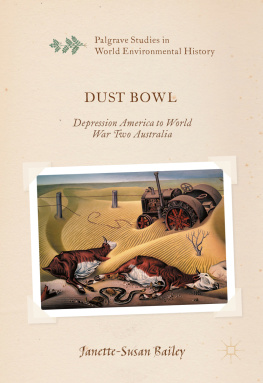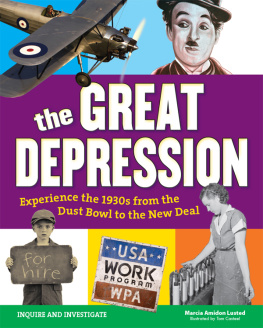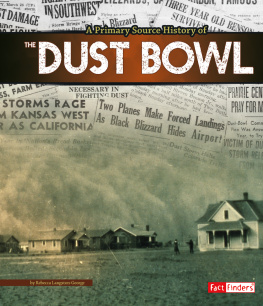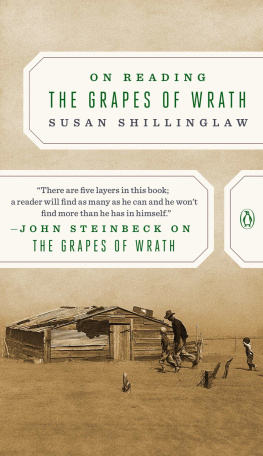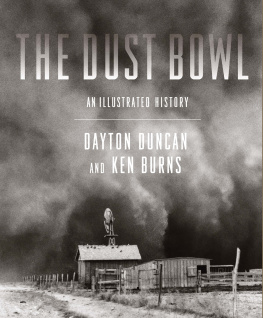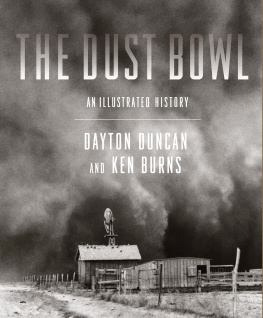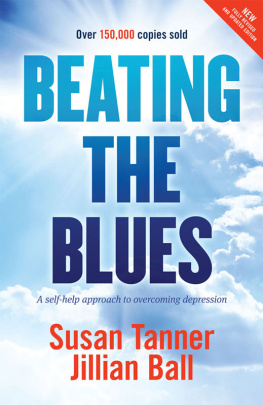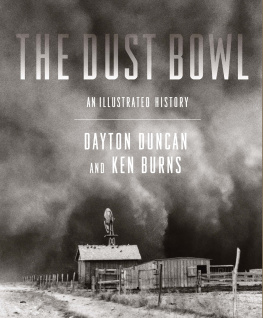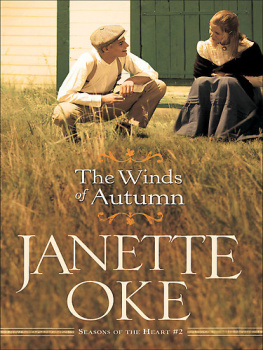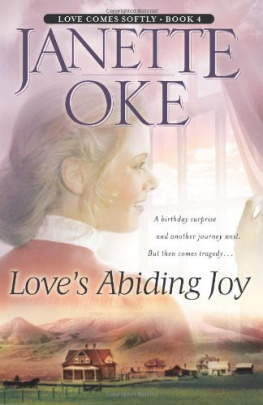1. Introduction: The World Is a Dust Bowl
The world is a dust bowl. Or so it seemed in the 1930s and 1940s, when official and unofficial reports, films, photographs, newspaper stories, illustrated books and magazines, and radio programs around the world described wind erosion and water erosion of the soil as a menace to civilization creating dust bowls that could bring national downfall, even human extinction without effective conservation programs in place. This was not the first time there had ever been heightened concern over severe soil erosion. However, dust bowl stories were inspired by the ecological catastrophe of the US Dust Bowl, which during the 1930s, produced some of the worst dust storms in recorded history. With it came an increasing concern over the problem of accelerated soil erosion and dust bowl stories. These were generated by New Deal federal agencies focused on innovative social reform under the leadership of Franklin D. Roosevelt (FDR), President from 1933 to 1945. In light of this, the focus of the coming chapters is cultural and transnational, with attention paid to the political forces behind the construction of stories. These chapters describe the dust bowl as an idea, iconic, and born of a time and place in the American experience that generated a major media event: its print, film, and broadcast media storytelling endures, filling the archives, museums, and libraries of the USA. This Dust Bowl imagery was adopted and adapted around the world, including in Australia.
Dust bowl storytelling was part of a broader concern about the threat of a soil menace voiced during the early twentieth century. The soil menace idea described the rapid loss of soil resources being washed away by water or blown away by the wind at an accelerated rate. As early as 1928, US soil conservationist Hugh Bennett sounded a warning. In a pamphlet for the US Department of Agriculture (USDA), he described soil erosion as a national menace, while stories of the time also described it as a menace to the planet and all of civilization.
Stories describing the US Dust Bowl warned of a threat around the world of similar dust bowls (or Saharas) due to soil neglect. They formed part of a group of soil menace stories describing conditions in countries including the USA, Australia, Russia, Scotland, Canada, South Africa, East Africa, New Zealand, and China. The soil menace narrative described a condition but it did not grow out of the story of a specific place and time. US Dust Bowl narratives were different. They grew out of events located specifically in one placea region of the USAthey usually described wind and not water erosion, they most often attributed wind erosion to human action, and they described a time in historythe Depression decade of the 1930s.
The US Dust Bowl generated particularly powerful imagery portraying wind erosion, and as a result, an enduring American story. While government reports described the Dust Bowl on the southern Great Plains, they illustrated their stories with dramatic images of gigantic dust clouds engulfing homesteads in the region while unofficial reports of the time often located dust bowls well beyond these borders. Dust Bowls might be described in the Dakotas to the north, farther east in the Midwest, or any area stricken by drought or severe wind erosiona wide-ranging area where in the first half of the decade all but two US states had suffered from a period of drought.
The Dust Bowl triggered a major national and international media event bolstered by the New Deals innovative social reform and conservation agenda from 1935 to 1938. The vast body of print, film, and broadcast media imagery generated endures in the USA because it is an expression of ideas about American identitythe national myth of American exceptionalism and its narratives of the frontier, the yeoman dream, American optimism, rugged individualism, the American West, westward migration, and a Great American Desert. Dust Bowl stories have endured due to the impacts of American social realism, concepts such as the photo-story, documentary films, broadcast radio forums, and documentary photography, all of which helped to circulate Dust Bowl imagery through the mass media to the nation and around the world, including to Australia. The focus here will be where in Dust Bowl imagery, national myth converged with Western ideas of progress, Western conceptualizations of deserts, gardens, and technology, gendered ideas about civilization and nature, along with New Deal era ideas about social reform, the conservation of natural resources and ecology, and finally, beliefs about photographic truth and the role of the mass media in contributing to democracy and public education. Converging in various combinations, these ideas took form as a popular film, print, broadcast radio, rhetorical, artistic, and photographic product of the American imagination.
The bulk of existing American historiography on the US Dust Bowl decade does not give the impression that Americans (later Australians) constructed and fortified their national story about soil conservation with intergenerational and intra-generational narratives that spanned centuries, the globe, even the Universe.
Looking at Dust Bowl Imagery Through a Transnational and a Cultural Lens
To investigate the transfer of dust bowl imagery between the USA and Australia, a combined cultural and transnational approach was much needed. The cultural perspective was needed because the dust bowl stories of both nations were constructed and circulated right across a range of media and by using the power of aesthetica knowledge of character, color, voice, verse, light, sound, space, music, framing, and costume to do so. New Dealer storytellers understood the power of aesthetic and symbolism particularly well. They used this knowledge to develop a storytelling strategy to promote their national soil conservation program. The stories they created described soil erosion in terms of world history as well as the past, present, and future of civilizations, while to create them they drew together a wide range of ideas often expressed through the use of symbolism.
In turn, this imagery was taken up by Australians during World War Two (19391945) and the early post-war years. Australian journalists, photographers, artists, broadcasters, and popular authors also used dust bowl imagery to describe soil erosion in terms of world history. They were equally passionate about the power of aesthetic and symbolism to raise the alarm about soil erosion, while many also recognized the power of dust bowl imagery to draw attention to other issues.
In the course of this research on the Australian side, I recovered a vast collection of images, as well as film, literary, and broadcast media imagery describing a dust bowl. To investigate this collection, not only a broad cultural perspective but also a transnational approach was needed.
A transnational approach was also important because the meanings drawn from, and invested in the dust bowl concept were often very different in Australia and this was not only because of drought and environmental conditions unique to the Australian continent. The production of dust bowl imagery in Australia was influenced by that nations own national myths, stories, and ideas, and by war-time and early post-war contexts. It was particularly influenced by state and federal politics. And unlike the US case, there were state programs but there was no national soil conservation program, nor any corresponding media storytelling strategy to support such a vision.

